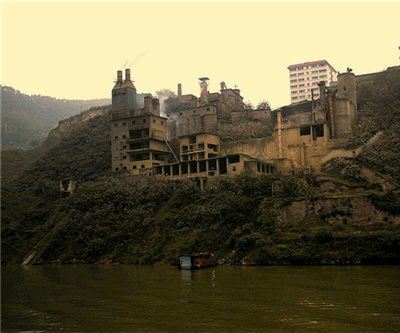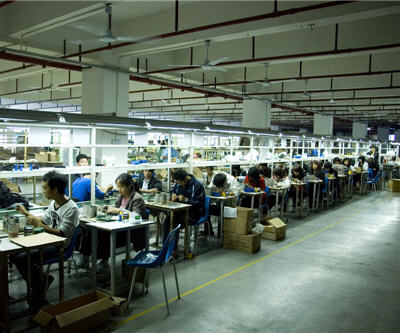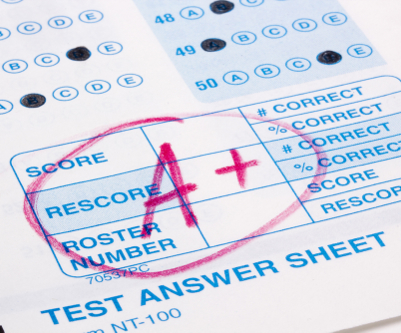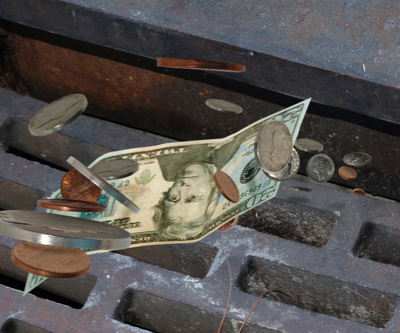June 21, 2012
China has ‘paid a big price’ for its rare earth industry: government
China is restricting the export of rare earths to protect its environment, said Su Bo, vice-minister of industry and information technology at a news conference in Beijing on Wednesday.







